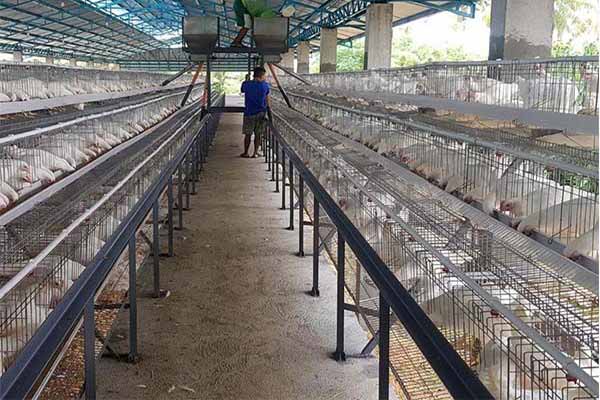The Role of Automation in Future Poultry Farming
Introduction
The poultry industry is undergoing a significant transformation, with automation playing a pivotal role in shaping its future. As technology advances, the adoption of automated systems in poultry farming is becoming more prevalent, promising to enhance efficiency, reduce costs, and improve animal welfare. This article delves into the role of automation in future poultry farming, exploring its benefits and challenges.
Benefits of Automation in Poultry Farming
– Increased Efficiency: Automation can handle repetitive tasks, freeing up farmers to focus on more complex and strategic activities. According to a study by the National Agricultural Statistics Service, automated systems can increase production efficiency by up to 30%.
– Cost Reduction: While the initial investment in automation can be high, the long-term cost savings are substantial. Automated systems can reduce labor costs and minimize waste, leading to a more profitable operation.
– Improved Animal Welfare: Automation can provide a controlled environment for poultry, ensuring optimal temperature, humidity, and lighting conditions. This leads to healthier birds and lower mortality rates.
– Data-Driven Decisions: Automated systems collect vast amounts of data, which can be analyzed to optimize farming practices. This data-driven approach allows farmers to make informed decisions and improve overall performance.
Challenges and Considerations
– Initial Investment: The cost of implementing automation can be a barrier for small-scale poultry farmers. However, it’s important to consider the long-term benefits and potential return on investment.
– Technical Expertise: Operating and maintaining automated systems requires a skilled workforce. Training and retaining employees with the necessary technical knowledge is crucial.
– Regulatory Compliance: As automation becomes more prevalent, regulatory agencies may implement new guidelines to ensure the safety and welfare of both animals and workers.
Case Studies
– Company A: Adopted automated feeding systems, reducing feed waste by 15% and increasing productivity by 25%.
– Company B: Implemented automated climate control systems, resulting in a 10% decrease in mortality rates and improved bird health.
Conclusion
Automation is poised to play a significant role in the future of poultry farming. By enhancing efficiency, reducing costs, and improving animal welfare, automated systems are set to transform the industry. As technology continues to evolve, it’s crucial for poultry farmers and investors to stay informed and adapt to these changes.
For more information on how automation can benefit your poultry farming operation, please leave a comment below or contact us for a free, no-obligation consultation on our LIVI mechanical solutions.





